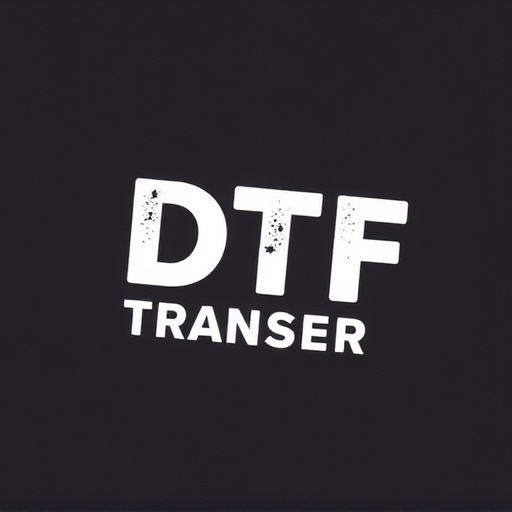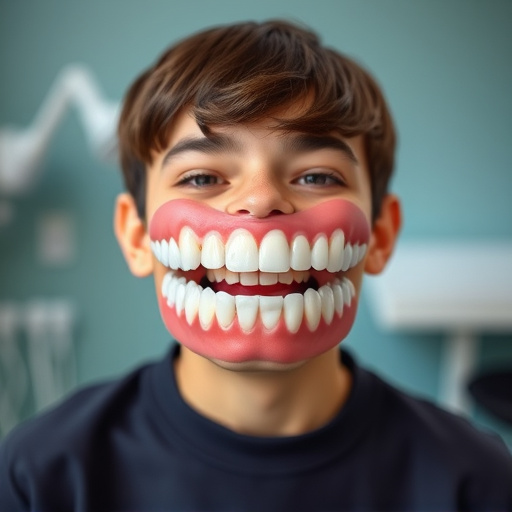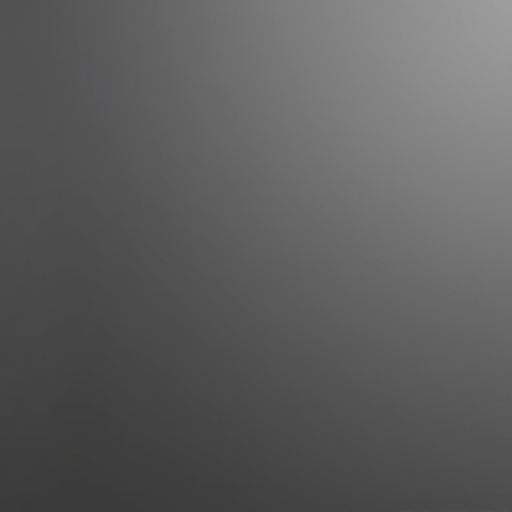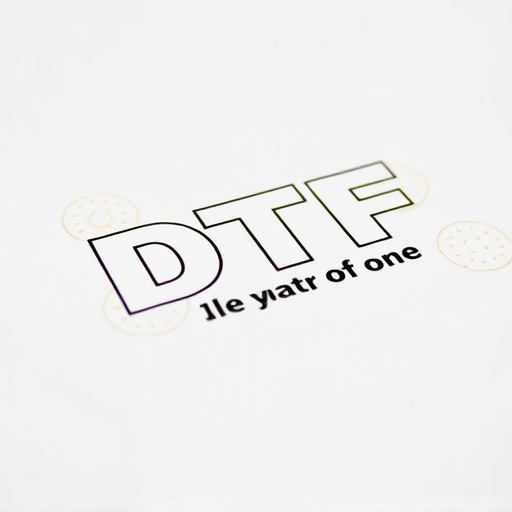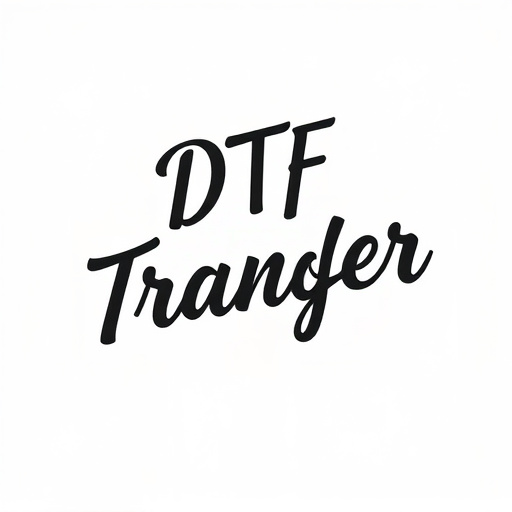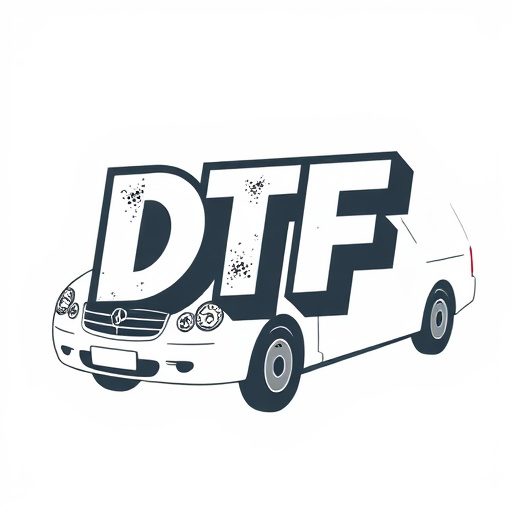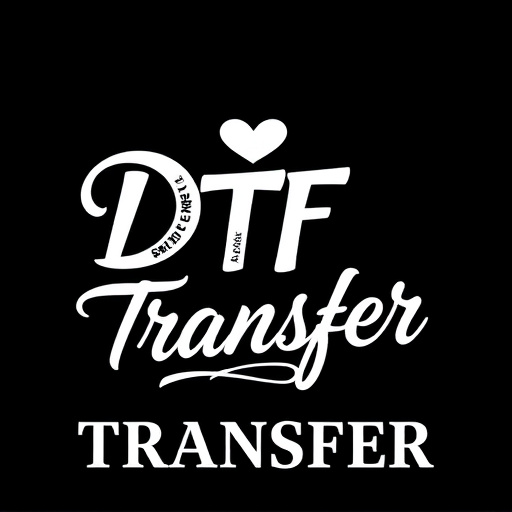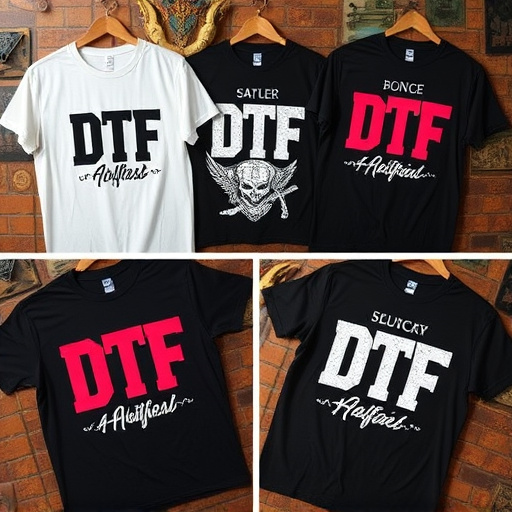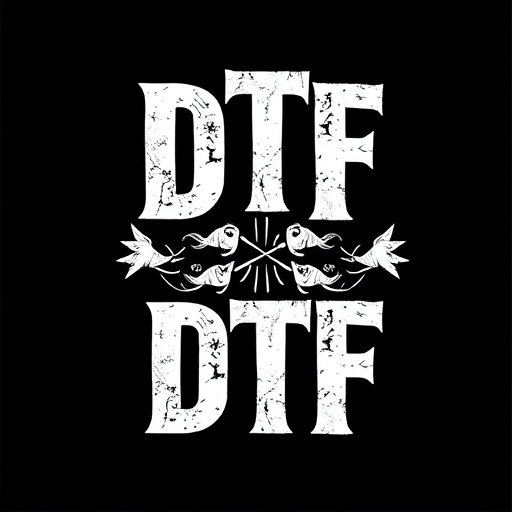Direct-to-Film (DTF) transfers have revolutionized printing, offering businesses a versatile and efficient method for creating high-quality prints. By bypassing traditional plate-making processes, DTF allows for direct imaging onto film, ensuring exceptional detail and color accuracy. This technology caters to both short-run and large quantity orders, facilitating rapid production of custom designs, prototypes, and small batches without sacrificing quality. DTF printing is particularly beneficial for high-volume orders, providing significant cost savings and ideal for impactful visual assets like promotional materials, event signage, and merchandise. Quality control is crucial, with strict standards enforced through digital file preparation, printer calibration, and consistent material handling to maintain print integrity during mass production. For businesses seeking efficient branding solutions, DTF transfers offer a cost-effective approach, with bulk purchasing and customized quotes available to further reduce costs and ensure high-quality prints on diverse materials.
“In today’s competitive business landscape, high-quality, bulk printing solutions are essential. Direct-to-film (DTF) transfer printing has emerged as a game-changer, offering businesses an efficient and cost-effective method to produce custom designs at scale. This article delves into the world of DTF transfers, exploring their benefits, optimal order quantities, and the intricate process behind creating stunning prints. From design to delivery, we’ll uncover how DTF printing revolutionizes branding across various industries.”
- Understanding Direct-to-Film Transfers (DTF) and Their Benefits for Businesses
- Why Choose Large Quantity DTF Orders?
- The Process of DTF Transfer Printing: From Design to Final Product
- Applications of DTF Prints in Various Industries
- Ensuring Quality Control and Consistency in High-Volume DTF Orders
- Cost-Effective Solutions: Pricing Strategies for Bulk DTF Transfers
Understanding Direct-to-Film Transfers (DTF) and Their Benefits for Businesses
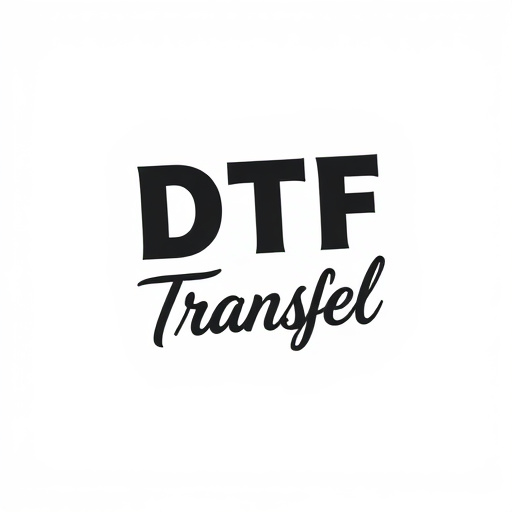
Direct-to-Film (DTF) transfers have revolutionized printing for businesses, offering a unique and efficient approach to creating high-quality prints. This cutting-edge technology allows for direct imaging onto film, eliminating the need for traditional plate-making processes. With DTF, businesses can achieve exceptional detail and color accuracy in their prints, making it an ideal solution for various applications.
One of the key benefits of DTF transfers is their versatility. They are suitable for short-run or large quantity orders, catering to businesses with dynamic printing needs. DTF Printing enables rapid production of custom designs, prototypes, and small batch runs without compromising on quality. This technology streamlines the printing process, reduces setup times, and minimizes waste, making it a cost-effective choice for businesses seeking efficient and flexible printing solutions.
Why Choose Large Quantity DTF Orders?
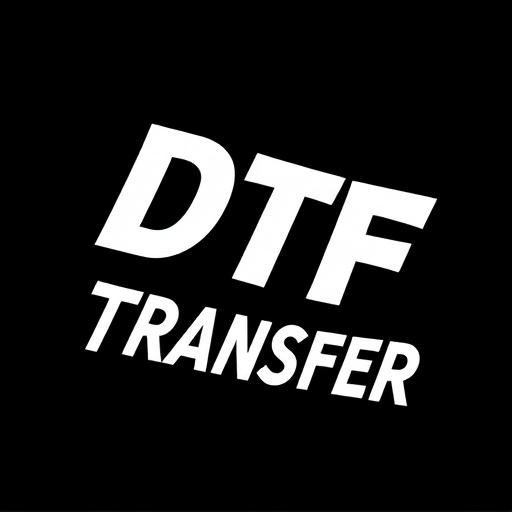
When considering printing solutions for your business, opting for large-quantity orders of direct-to-film (DTF) transfers offers a host of advantages. DTF Transfer technology has revolutionized the way businesses approach custom printing, especially for high-volume needs. By placing bulk orders, companies can take advantage of economies of scale, resulting in significantly reduced costs per print. This makes it an attractive option for businesses aiming to maximize their marketing impact without breaking the bank.
Moreover, DTF Printing provides exceptional quality and consistency in each DTF Print. The direct application of ink onto film ensures precise color reproduction and detailed images, perfect for showcasing vibrant branding or intricate designs. With large-scale orders, businesses can create impactful visual assets for various purposes, including promotional materials, event signage, or even merchandise, leaving a lasting impression on their target audience.
The Process of DTF Transfer Printing: From Design to Final Product
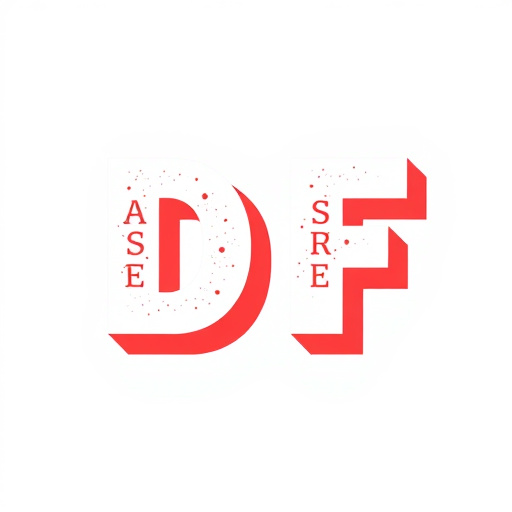
The process of Direct-to-Film (DTF) transfer printing involves several intricate steps to ensure high-quality results. It all begins with the design phase, where businesses create or source the artwork they wish to print. This digital design is then prepared for DTF transfer by ensuring it meets the required resolution and format specifications. The design is sent to a specialized printing machine that uses a film as an intermediate medium.
The printer applies ink to the film, precisely aligning it with the chosen design. A clear protective layer is then added to prevent smudging. This film is carefully positioned over the desired substrate—be it fabric, plastic, or other materials. Heat and pressure are applied to fuse the ink from the film onto the substrate, creating the final DTF print. This method allows for vibrant colors, crisp details, and a range of material options, making it ideal for businesses seeking high-impact marketing materials or customized products.
Applications of DTF Prints in Various Industries
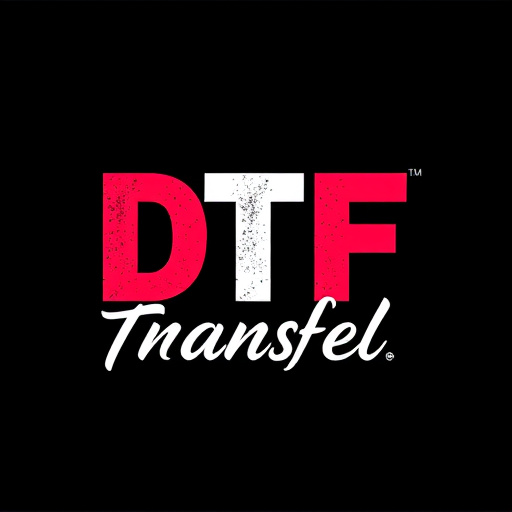
Direct-to-film (DTF) transfers have found applications across multiple industries due to their versatility and quality. In retail, DTF prints are used for creating custom, on-demand packaging, labels, and promotional materials, streamlining production while reducing waste. Fashion designers leverage DTF to produce limited-edition clothing with unique designs, allowing them to quickly adapt to market trends without large inventory investments.
Moreover, DTF technology is invaluable in the signage industry, enabling businesses to print high-resolution graphics on various materials for indoor and outdoor use. From window displays to billboards, DTF prints offer vibrant colors and durability. Additionally, its use in event management includes designing personalized event badges, banners, and backdrops, enhancing attendee experiences and brand visibility.
Ensuring Quality Control and Consistency in High-Volume DTF Orders
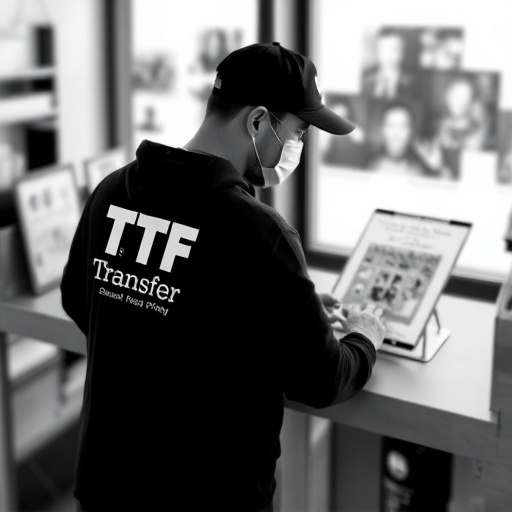
When dealing with large-volume orders of direct-to-film (DTF) transfers for businesses, maintaining quality control and consistency is paramount. To ensure optimal results, printing facilities must implement rigorous standards and checks at every stage of production. This includes meticulous preparation of digital files, precise calibration of printers, and regular testing of inks and films to guarantee color accuracy and durability.
Consistency is achieved through standardized operating procedures and consistent handling of materials. Every print should adhere to the same high-quality benchmarks, regardless of its position in the batch. Regular quality assurance audits and feedback loops between production teams ensure any deviations from the expected standards are promptly addressed, maintaining the integrity of DTF prints throughout mass production.
Cost-Effective Solutions: Pricing Strategies for Bulk DTF Transfers
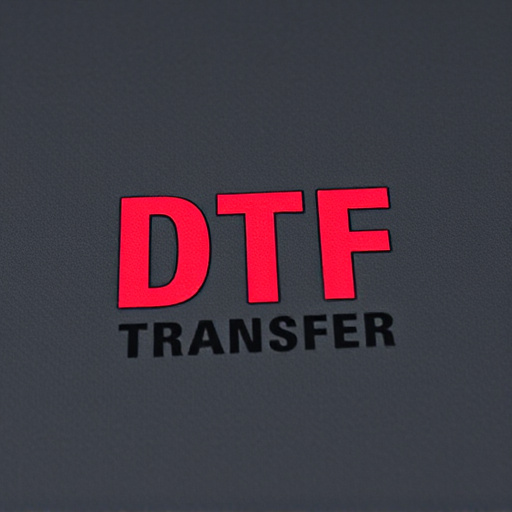
For businesses looking to streamline their branding and marketing efforts, large-volume orders of direct-to-film (DTF) transfers offer a cost-effective solution. DTF printing is a versatile method that allows for high-quality, durable prints on a variety of materials, making it an attractive option for companies aiming to enhance their promotional products. By purchasing in bulk, businesses can take advantage of discounted pricing models offered by many DTF transfer providers. This strategy not only reduces overall costs but also ensures a steady supply of custom prints for various applications.
When considering DTF transfers as a marketing tool, understanding pricing structures is key. Many suppliers implement tiered pricing models based on order quantity, allowing businesses to optimize their budgets. For instance, larger orders often come with significant savings per unit, making it financially prudent for companies planning extensive print campaigns or long-term branding initiatives. Additionally, some providers offer customized quotes, catering to unique business needs and ensuring competitive rates for DTF prints.

